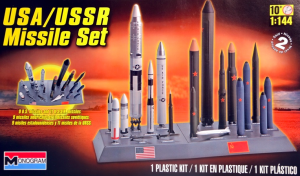In days of yore, when The Bomb was new and the Commies were everywhere everyday, the halls of academe and government teemed with suits who made prosperous livings by theorizing about how Washington’s nukes and Moscow’s nukes matched up against each other. From the paskudnyak Herman Kahn’s homebuilt Hudson Institute to the endowed chairs of Ivy League colleges of arts and sciences, from the Pentagon’s E-ring to the Russell Senate Office Building, prodigious brainpower churned day and night for decades on the minutiae of throw-weights, yields, circular error probabilities, survivabilities, and so much more. And then it stopped. The Soviet Union dismantled itself. All those careers glided to a halt. For those few brains that endured past retirement age, how to get rid of the doomsday weapons became more fascinating than how to build new ones, especially if they needed a good heart to get to heaven. But that was long ago–the defense budget never stopped growing, the military academies and armed services committees and aerospace companies never stopped needing each other, and now they have a President who quips about his big button. So the theorizing has started again, only this time it’s not as sharp as it used to be. It’s a little thick, actually, like so much else since January 2017: eg., let’s put mini-nukes (sic) on $5 billion strategic submarines, never mind that the boats would be torpedoed to Davey Jones as soon as one junior SLBM was launched. The new generation of suits took up a profession, after all, that had become threadbare 20 years ago. The hawkish Republican committees of Congress hired second-rate Ph.D’s, the only kind who still thought this work was glorious. But now they have their little hands on the big levers, especially the Treasury sluice, and we’ll all have to start dreaming about Armageddon again.
